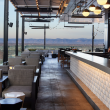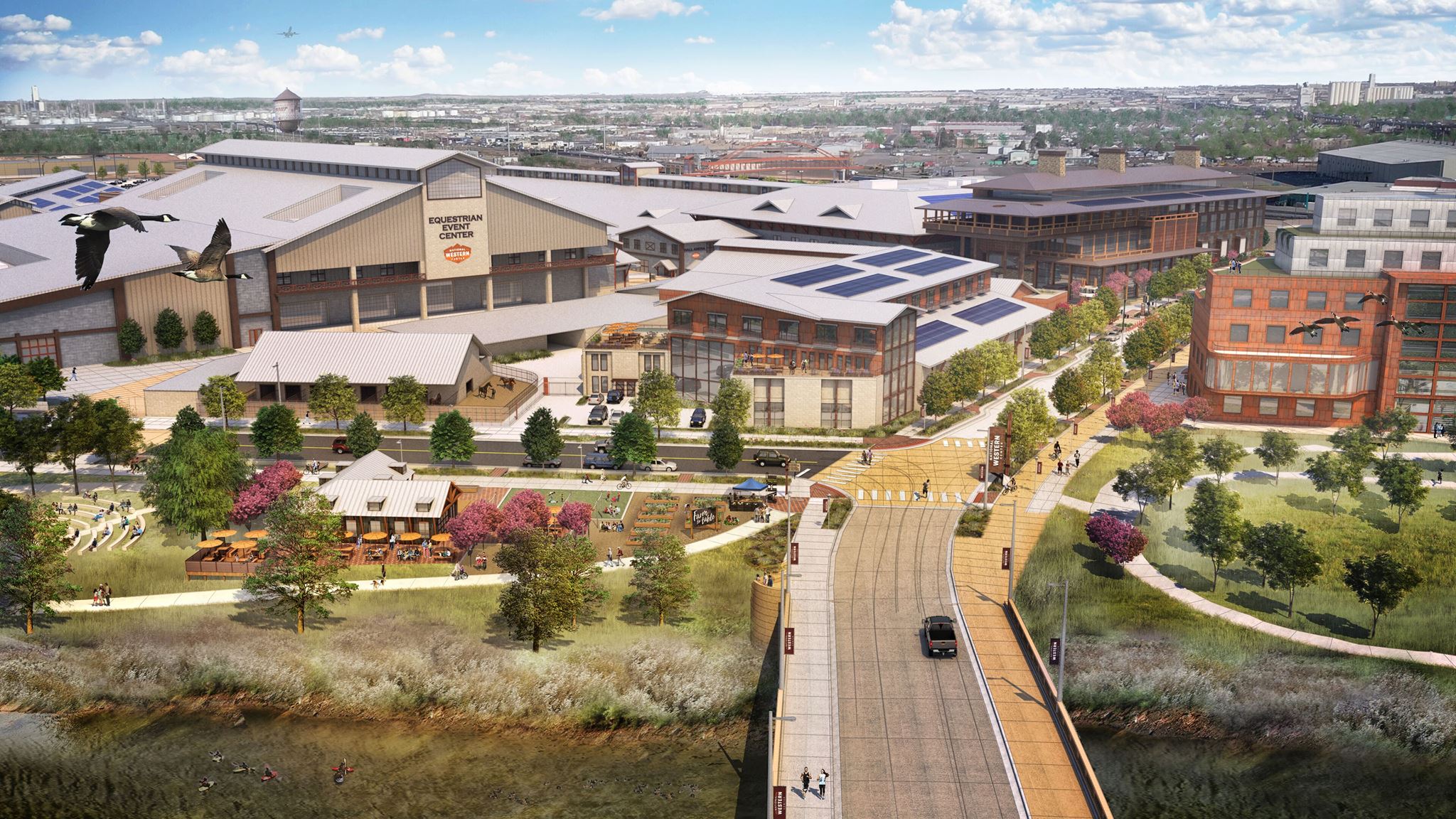For the last few years, Colorado’s arts industries have been steadily contributing more money to the economy — more than the mining or transportation industries, for instance. According to the Arts and Cultural Production Satellite Account (ACPSA), art-related fields added $13.7 billion to Colorado’s economy, a number that was calculated from reports in 2015 and 2016 which means it will likely be valued higher in more recent years. All of this is to say that Denver should now be considered a cultural hotspot that drives Colorado’s creative economy more than a cowtown.
However, that’s not to say that the “cowtown” history can’t contribute to the art economy as well. According to the announcement that Denver Public Art just requested applications from artists for a $1.5 million commission at the National Western Center (NWC), Denver’s cowtown heritage is about to pay out a pretty penny for some amazing art. The commission will encompass two bridges that connect the new NWC campus with the Elyria-Swansea and Globeville neighborhoods over the South Platte River.

According to the official release, “the two bridges present a unique opportunity for an immersive art experience; the panel is seeking two and three-dimensional artwork and components.” Those components include lighting designs, sculpture, “architecturally-integrated creations,” painting and whatever else your imagination comes up with for the specs. But, the other part of the project’s requirements are thematic, with a request for art that conjures the story of the NWC and its future vision.
Historically, the NWC campus encompassed the current home of the National Western Stock Show and adjacent lands next to three railroad lines. It was founded in 1881 as the Denver Union Stock Yard Company and evolved over the decades until it was eventually the heart of cattle trading, with bustling markets that compare to the atmosphere of the New York Stock Exchange today. The neighborhoods of Elyria, Swansea and Globeville (formerly Holdenville) and surrounding land developed as a result of the cattle exchange.

In the last decade, the National Western Stock Show (NWSS) has been the focus of a redevelopment plan that initiated in 2011 after the owners considered moving outside of Denver in pursuit of better facilities. A feasibility study coined the NWSS as the “Super Bowl of stock shows” and led to a master plan that details how the future NWC will be a national competitor for large horse shows and other year-round, large-scale events. In November 2015, Denver voters approved a measure that authorized city funding for bonds up to $778 million and a 1.75% tourism tax on hotel rooms and rental cars in order to fund Phase 1 and 2 of the master plan. Not only will the NWC be a new-age venue with updated facilities and capacity for agricultural events and shows, but the proposal also hopes to activate the site for other purposes beyond horses and cattle. The NWC will almost double the grounds of the current NWSS footprint.
Now, four years later, the redevelopment plan is underway after the acquisition of land and site preparation around the current home of the NWSS — which has subsequently led to the call for artists from Denver Public Art. The NWC campus is an enormous project and the art they are hoping for on the two bridges needs to reflect that. But the art also needs to reflect the history of the land and story of the people. The $1.5 million commission covers both bridges and might be split up between multiple artists. One of the bridges, which will be located over Bettie Cram Drive, will operate as the entrance to “Main Street” inside the campus and will connect the eastern neighborhoods surrounding the NWC. The other bridge will be located at 51st Avenue and will likely be the more trafficked entrance for visitors accessing the site from the parking lots.
As for the nitty-gritty details of the open call — the deadline is November 4 at 11:59 p.m. (MST) and is open to local, national and international artists. All submissions require a minimum of six images, use of materials that will survive permanent outdoor display and a “deep understanding of the area’s history, landscape and surrounding neighborhoods.” The selected artists will be required to work with the Globeville and Elyria-Swansea neighborhoods to inform their design process.

—
For more information and to apply online, go here.





